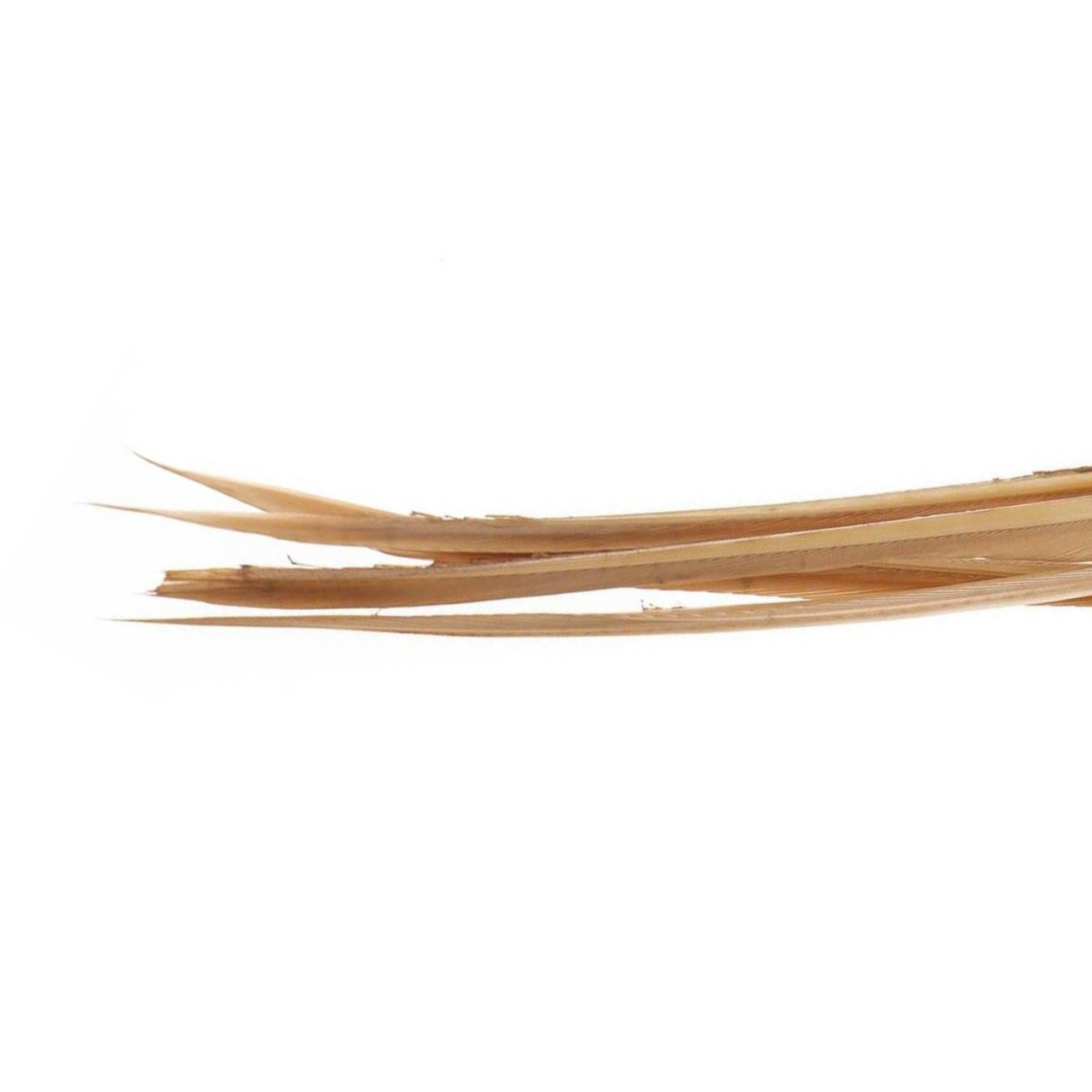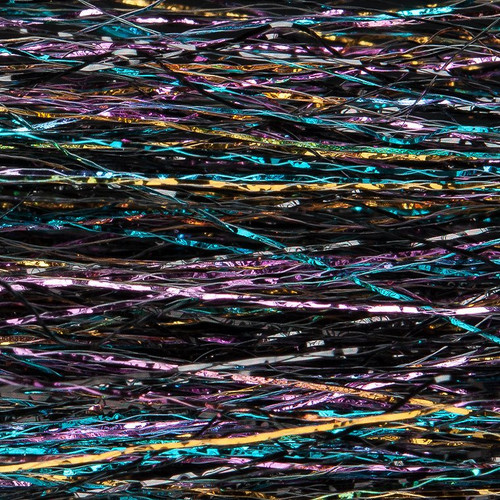Product Description
Turkey biots are widely used in fly tying due to their unique properties and versatility. These biots are found on the wings of a turkey, and they possess several characteristics that make them indispensable materials for creating lifelike and effective flies.
One of the primary uses of turkey biots in fly tying is for creating the bodies of nymphs and emergers. When properly prepared and wrapped around the hook shank, turkey biots emulate the segmented appearance of an insect's body. This characteristic is crucial for imitating natural prey and increasing the fly's effectiveness in attracting fish. Additionally, the unique texture and translucency of turkey biots contribute to the realistic appearance of the fly.
Apart from imitating the body of aquatic insects, turkey biots are also utilized in creating wings and tails for dry flies. Their long, slender, and flexible nature allows fly tiers to mimic the delicate wings of mayflies, caddisflies, and stoneflies. This feature is important for achieving accurate and realistic fly patterns that closely mimic the behavior and appearance of natural insects on the water's surface. The use of turkey biots in dry fly patterns enhances their buoyancy and improves their overall floating capabilities.
Furthermore, turkey biots are often incorporated as legs and antennae in various fly patterns. The flexibility of the biots allows them to move naturally in the water, simulating the authentic movements of underwater insects. By imitating these lifelike characteristics, fly tiers increase the chances of enticing fish to strike the fly.
In summary, turkey biots are a versatile material extensively used in fly tying due to their ability to imitate the segmented bodies of aquatic insects, create realistic wings and tails, and enhance the movement of fly patterns. Whether it's for nymphs, emergers, dry flies, or even as leg and antenna components, fly tiers rely on the unique properties of turkey biots to create attractive and successful flies that entice fish to bite.










